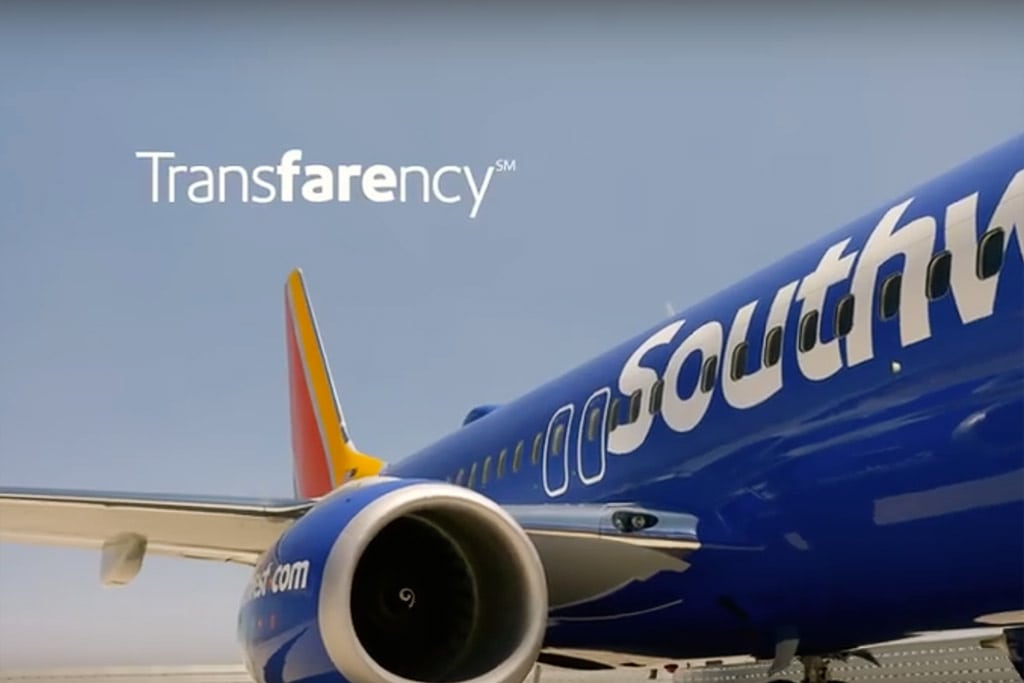Why Wall Street Isn't Happy With Southwest's 43 Straight Years of Profits

Skift Take
Southwest has made money for more than 40 years. But that consistency does not satisfy many Wall Street analysts, who keep pushing the airline to increase profits.
For 43 consecutive years, Southwest Airlines has made money, making it by far the most consistently profitable U.S. carrier.
But while there's no indication Southwest's streak will end, some analysts are expressing frustration, saying the airline could earn more if stopped clinging to strategies that worked best decades ago.
Southwest has grown markedly since the 1970s, morphing from a small, quirky, Texas-centric airline into the nation's largest domestic carrier. Even in the past 10 years, change has come fast, with the airline focused mostly at the largest U.S. airports, such as New York LaGuardia, Philadelphia, and Los Angeles, rather than at the outlying airports like Manchester, New Hampshire that it once preferred. Southwest is even adding international routes, mostly to Mexico and the Caribbean.
Though its paint job and route structure have changed, Southwest remains at its heart Herb Kelleher's airline. Now 85, Kelleher was one of Southwest's founders, and he led the airline in some form from the mid-1960s, before its first flight, until to 2008, when he retired as chairman. Kelleher ensured Southwest would succeed its way — by levying few fees, having no hubs, and prioritizing its customers and employees, along with shareholders.
But times change, and several analysts are aggressively questioning why Southwest has refused to follow its competitors in instituting new revenue-producing schemes. Southwest's competitors have added fees or raised prices for nearly all extras, from checked baggage to advanced seat assignments to ticket changes. Travelers don't like the extra charges, but there's little indication they're avoiding American, Delta and United, all of which keep reporting major profits.
Southwest is making big money, too. It earned $820 million in net income in t
